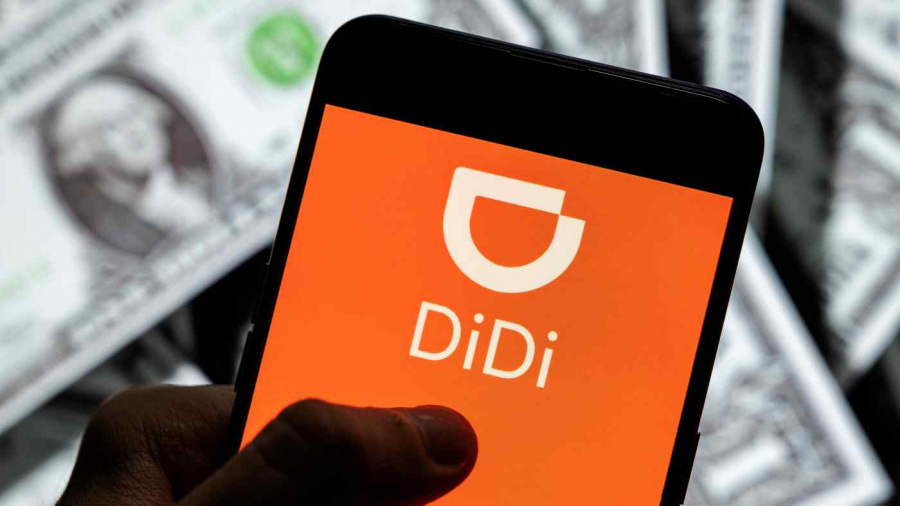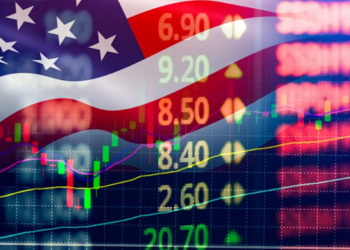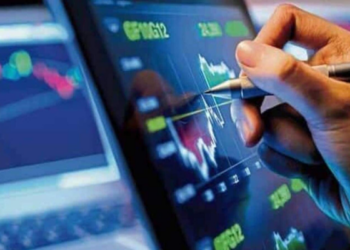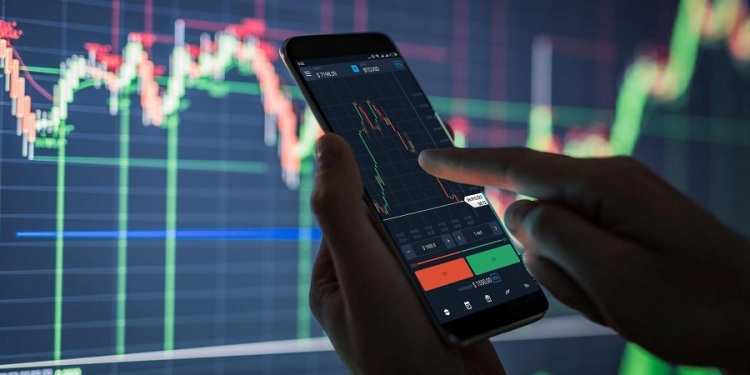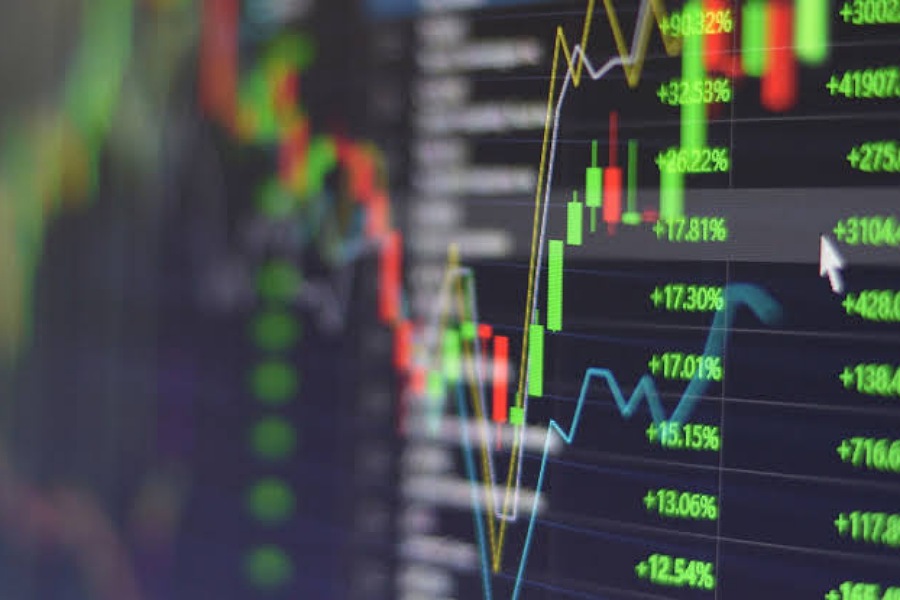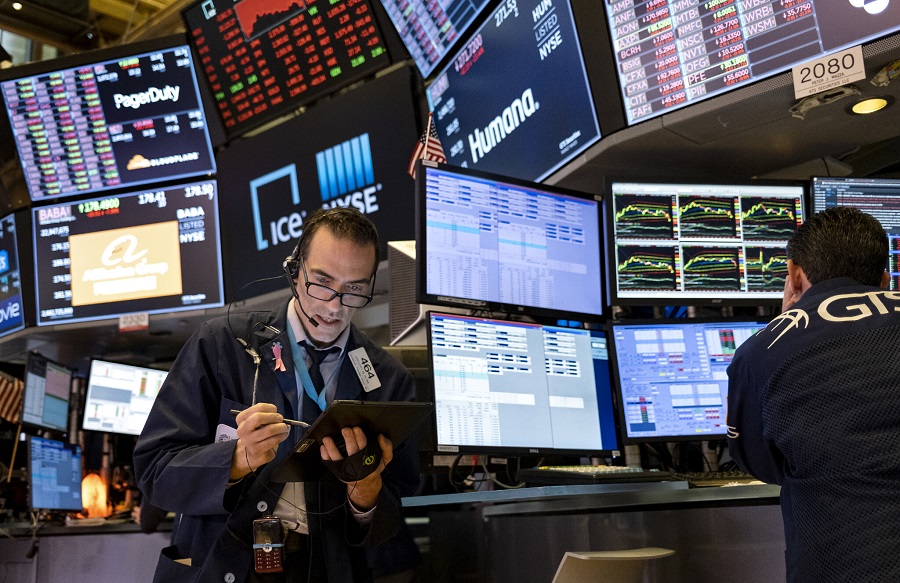At the close of trading, Nasdaq held a gain of 0.2%. The S&P 500 traded near break-even after notching a new high of 4,300.52. Meanwhile, the Dow Jones industrials held a small gain of less than 0.1%. Didi Global (DIDI), the world’s largest ride-hailing company, priced its initial public offering late Tuesday at $4 billion.
The Nasdaq ended the day with a 0.2% gain. After hitting a new high of 4,300.52, the S&P 500 traded near break-even. In the meantime, the Dow Jones industrials gained less than 0.1 percent.
The Russell 2000 index of small-cap stocks fell 0.6%. According to early data, volume was lower on the NYSE and higher on the Nasdaq compared to Monday’s closing.
Despite rising inflation, investors have continued to buy stocks in the hopes of continued economic recovery from the pandemic. Goldman Sachs, American Express, and Walgreens Boots Alliance are the Dow’s top three gainers so far this year, each up more than 30%. Chevron, Microsoft, and JPMorgan Chase have all seen their stock prices rise by more than 20%.
Good first halves are frequently a sign of things to come for the remainder of the year. According to Refinitiv statistics dating back to 1950, whenever the Dow and S&P 500 have had a double-digit gain in the first half, the Dow and S&P 500 have never completed the year with an annual decrease.
DiDi’s IPO
Didi Global (DIDI), the world’s largest ride-hailing company, priced its initial public offering late Tuesday at the high end of its restricted range, with former rival Uber Technologies (UBER) owning a significant interest.
Didi’s first public offering (IPO) sold 288 million American depositary shares for $14 each. The IPO raised a little over $4 billion, valuing the Chinese ride-hailing behemoth at over $67 billion.
Didi’s first public offering (IPO) will begin trading on the New York Stock Exchange Today under the symbol DIDI.
In 2016, Uber sold its Uber China operation to Didi in exchange for a large share. On Tuesday, Uber’s shares fell 0.7% to $50.76, just above its 50-day and 200-day moving averages in the lower half of a consolidation.
Stocks are unlikely to move significantly before Friday’s jobs data, which will provide a better picture of the economy.
According to a Dow Jones survey, economists predict 683,000 new jobs to be added in June 2021.

